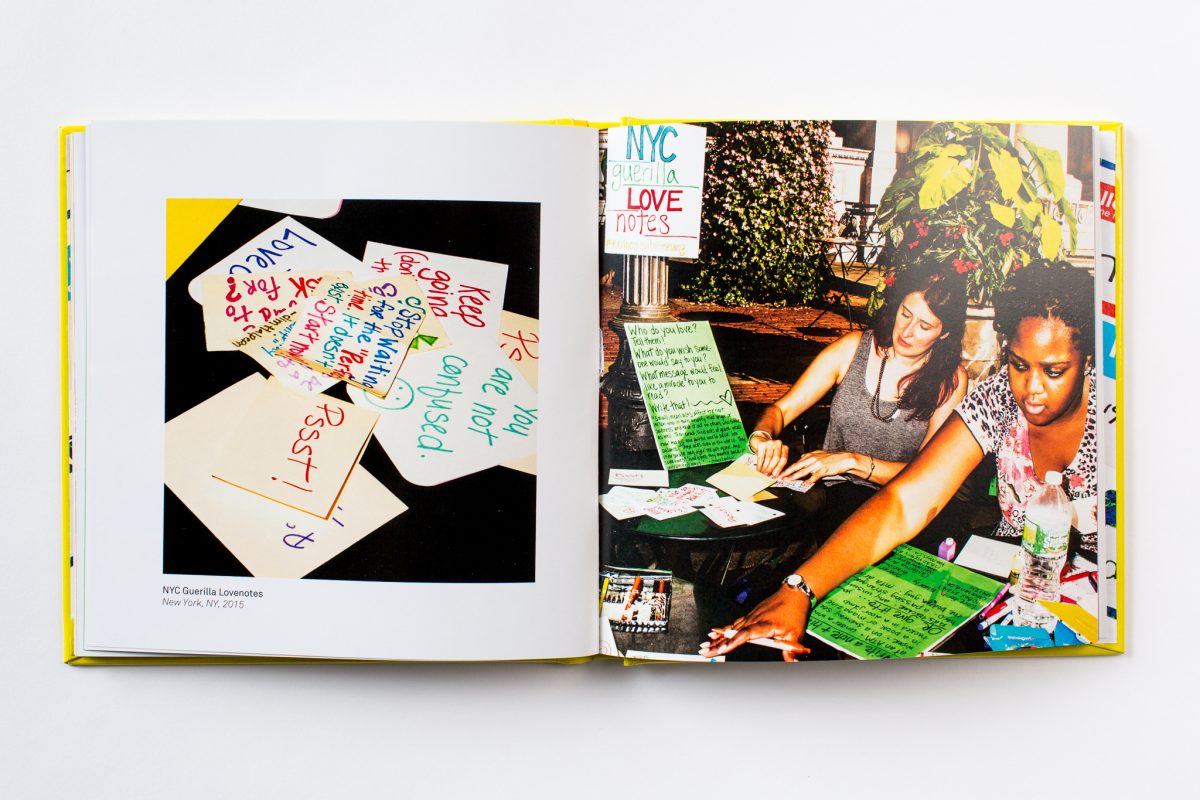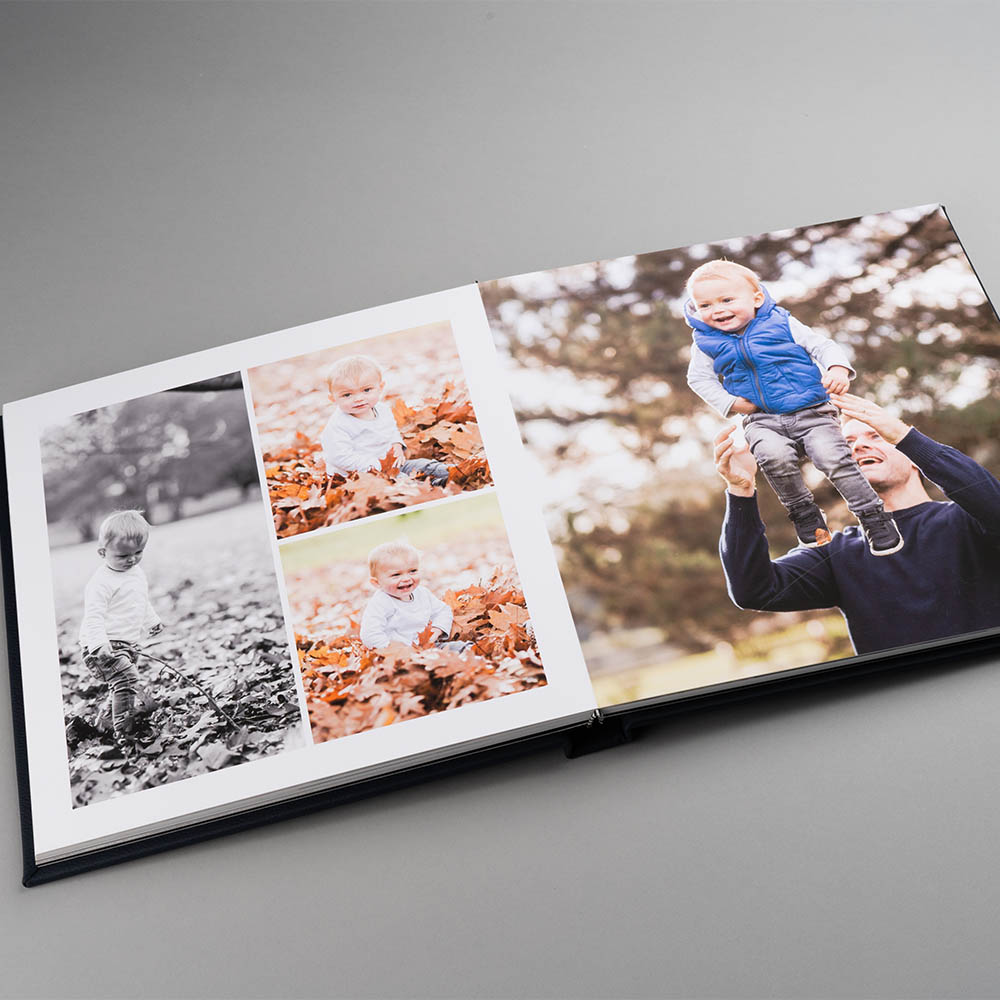How to Achieve Exhibition-Ready Results in Your art book Print
How to Achieve Exhibition-Ready Results in Your art book Print
Blog Article
Understanding the Refine Behind Top Notch Art Book Printing for Art Lovers
When it comes to high-quality art book printing, understanding the complexities of the procedure can raise your admiration for the final item. You may not understand exactly how important paper choice and ink selections are to the vibrancy of art work. Each component plays a substantial role in attaining the desired impact. As you discover the various parts of art book printing, you'll uncover insights that can transform your viewpoint on art preservation and presentation.
The Value of Paper Option in Art Book Printing
When it concerns art book printing, the option of paper can make or damage the last product. You want your artwork to radiate, and the appropriate paper enhances color vibrancy and information. Take into consideration factors like weight, structure, and surface; these components substantially influence how visitors view your job.
As an example, a larger supply conveys quality and sturdiness, while a distinctive coating can include depth to images. Smooth paper is excellent for comprehensive reproductions, allowing fine lines and subtle shades to show up crisp.
Do not forget about the paper's brightness; a brighter sheet can help shades pop, making your art extra appealing. You'll likewise intend to think regarding exactly how the paper engages with inks and whether it can deal with the printing process without deforming or bleed-through. Ultimately, selecting the right paper establishes the phase for your art, guaranteeing it catches the target market's focus equally as you imagined.
Selecting the Right Inks for Dynamic Reproductions
Picking the ideal inks is just as important as selecting top quality paper to attain lively reproductions in your art book. When you're publishing art work, you want shades that stand out and precisely represent the initial item. Select inks with a high pigment focus; these often tend to create richer and more saturated shades.
You could take into consideration utilizing historical inks, which withstand fading over time, guaranteeing your art book stays as striking as the day it was printed. If you're functioning with photos or electronically produced art, pigment-based inks can provide a broader color gamut, boosting detail and deepness.
Do not forget the surface! Matte and glossy inks can dramatically change the look of your artwork, so consider the look you're intending to attain - art book. Ultimately, the appropriate ink option enhances your paper selection, creating a sensational aesthetic experience for your readers
The Function of Shade Management in Print Quality
Color monitoring plays an important duty in achieving high print quality for your art book. It assures that the colors you see on your display convert accurately to the printed page. Without efficient shade monitoring, your vibrant artworks might show up plain or distorted, undermining your innovative vision.
Next off, utilize color accounts tailored for your printer and paper type. These accounts lead the printer in reproducing colors accurately, reducing discrepancies in between digital and printed versions.
When you prepare your files, consider making use of a shade area like Adobe RGB or CMYK, depending upon your printer's specs. Always evidence your job, as well; a test print can reveal any kind of possible shade problems before the last run. By focusing on shade administration, you protect the integrity of your art, assuring your target market experiences it as you meant.

Comprehending Different Binding Strategies
Accomplishing the best search for your art book exceeds color monitoring; binding methods additionally play a considerable role in its total presentation and sturdiness. You have several choices to evaluate, each with its very own unique attributes.
If you're going for an expert feeling, situation binding supplies a durable alternative with a difficult cover, excellent for showcasing your artwork. On the various other hand, perfect binding offers an adaptable spine while keeping prices down, making it a popular option for softcover publications.
Spiral binding allows your art book to lay flat, which is great for showing pictures without blockage. Saddle sewing is ideal for smaller brochures, providing a tidy coating without the bulk.
Inevitably, the binding technique you choose must mirror your imaginative vision and how you want readers to engage with your work. Make sure to weigh these options thoroughly to accomplish the ideal end result for your project.
The Impact of Publish Size and Layout on Presentation
While the option of print size and design may appear second to web content, they substantially affect how your artwork is perceived. The dimensions of your prints can either enhance or decrease the impact of your pieces. Larger prints can attract viewers in, allowing them to value intricate information, while smaller sized formats may require more intimate Related Site interaction.

Preservation Techniques for Durable Art Books
To ensure your art books stand the examination of time, it's vital to apply reliable preservation strategies. Start by saving them in an amazing, dry atmosphere, away from direct sunshine and humidity. This protects against fading and bending, keeping your pages undamaged. Use acid-free storage space boxes or protective sleeves to protect go now them from dust and physical damage.
When handling your publications, constantly wash your hands or put on cotton gloves to prevent oils and dirt transferring onto the web pages. Stay clear of bending or wrinkling the backs; instead, utilize book sustains when displaying them.
For added defense, consider buying archival-quality products for any kind of repair work or enhancements. Routinely inspect your collection for indicators of wear or damages, dealing with problems without delay. By following these easy methods, you can assure your art publications remain lively and accessible for years to find, protecting their appeal and worth for future generations.
Teaming up With Printers for Optimum Outcomes
When you prepare to print your art book, choosing the right printer is important to accomplishing your vision. Clear communication regarding your expectations and requirements will help guarantee that both you and the printer are on the same page. Allow's discover just how to make this partnership as smooth and efficient as possible.
Selecting the Right Printer

Efficient Interaction Strategies
Efficient interaction is crucial for turning your art book vision into truth, specifically when collaborating with printers. art book. Begin by plainly outlining your project's goals, consisting of layout components, preferred materials, and any particular printing methods. Do not look what i found wait to share your motivations and references; this assists the printer comprehend your visual
Be open to comments, as printers frequently have beneficial insights that can boost your job. This cooperation will assure that your art book meets your assumptions and shines in its final kind.
Often Asked Concerns
What Prevail Errors to Stay Clear Of in Art Book Printing?
When printing your art book, stay clear of common errors like inadequate resolution images, inaccurate shade accounts, and overlooking page format. Do not forget to check and verify details to validate your final item satisfies your assumptions.
Exactly How Does Digital Printing Differ From Conventional Printing Approaches?
Digital printing uses electronic data to develop prints directly, permitting quicker turn-around and customization. In comparison, traditional approaches involve physical plates, which can be taxing and less versatile for small runs or distinct layouts.
What Is the Common Turn-around Time for Art Book Printing?
The common turn-around time for art book printing varies, however you can anticipate it to take anywhere from a few weeks to numerous months. Factors like complexity, amount, and printing method all affect this timeline.
Can I Print a Minimal Edition Art Book Financially?
You can publish a limited version art book financially by selecting economical products, optimizing print runs, and using electronic printing options. Cautious preparation and budgeting will certainly help you attain quality without spending too much.
What Are the Ecological Considerations in Art Book Printing?
When thinking about art book printing, you should believe concerning eco-friendly materials, lasting inks, and energy-efficient procedures (art book). Picking neighborhood printers can also decrease your carbon footprint, making your job both attractive and environmentally accountable
Report this page